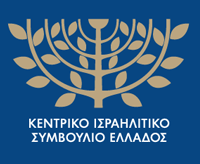THE JEWISH COMMUNITY OF ARTAS
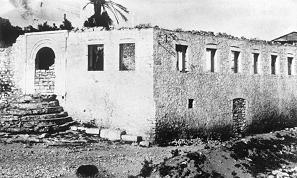
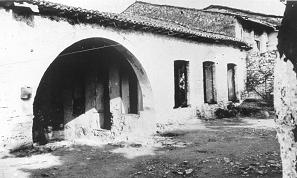 The Jewish Community of Arta was one of the oldest in Greece. We get the first information about it from the "Itinerary" of the Spanish traveler Rabbi Benjamin ben Jonah, who traveled to Greece in 1173. In the "Itinerary" he mentions that there were 100 Jewish families who developed wonderful spiritual and religious activity. This activity intensified during the "Despotate of Epirus", during which Michael Komnenos granted the Jews freedoms to develop in the economic and cultural spheres.
The Jewish Community of Arta was one of the oldest in Greece. We get the first information about it from the "Itinerary" of the Spanish traveler Rabbi Benjamin ben Jonah, who traveled to Greece in 1173. In the "Itinerary" he mentions that there were 100 Jewish families who developed wonderful spiritual and religious activity. This activity intensified during the "Despotate of Epirus", during which Michael Komnenos granted the Jews freedoms to develop in the economic and cultural spheres.
In the same period was built the first Synagogue, "Greka", and it worked Jewish cemetery in the "Petrovouni" location, on the Peranthi hill, in an area of ten acres, granted by Agia Theodora, wife of Michael Komnenos.
The development of the economic life of the Jews continued until 1346, when they suffered their first persecution by the King of Serbia Stefano Dušan.
After the conquest of Arta by the Turks, in 1449, the Jews were granted religious and economic freedom. A little later (1480-1494) the Jewish Community was strengthened by the settlement there of Jews from Apulia and Calabria, as well as Sephardic Jews exiled from Spain (1492). They formed a separate Community, founded the "Pulieza" Synagogue, a Jewish school and charitable associations, while creating a "noble competition" with the local Romanian Jews.
The Jews of the city lived in the neighborhoods "Ochto", "Cimeda" and "Roloi", which were located in the center of the city.
When the French architect-engineer Foussero visited Arta in 1780, he wrote that there were 200 Jews. In 1806 Pouqueville reported that the Jews of the town numbered 1000, while Leake reported that in 1807 their number was 50 persons. With the liberation of the city from the Turkish yoke (23.6.1881), the Jews maintained their religious and economic freedom and in a census of that period it appears that they numbered 800 people.
The Jews of Arta they were pious, deeply religious, law-abiding and lived peacefully with their fellow Christians. A journalist's comment in the newspaper "Mi Hanesashi" from 1881 states, among other things: "... In Artan, apart from the Christians, the majority of Israelis live, willingly and faithfully fulfilling all the civil obligations arising under the law. In their Synagogues, I saw people praying , elegantly and manfully wearing a dress. It was the Jewish soldiers... From this and from later personal experience, the amiable harmony that prevails between Christians and Jews in the city is evidently witnessed. The commercial demon of the latter is universally acknowledged...".
They were different professional occupations of the Jews of Arta: There were 5 - 6 large shops and other smaller shops, leather shops, glass shops, but also professional shoemakers, milk sellers, butchers, gyrologists and seamstresses. There were also two teachers, a doctor and a civil servant. In 1911, a large commercial limited company was founded under the name "Iohanas - Ganis - Hatzis & Co.", which dominated the market for many years.
The usual surname of the Jews of Arta they were Mionis, Yochanas, Sabas, Jeremias, Mizan, Eliezer, Politis, Koulias, Ganis, Sousis, etc.
The Community maintained Jewish school, on Filellinon street, in the Jewish quarter. It consisted of two large rooms: one was used as a warehouse for food and grain (to be distributed to the needy in winter). The other room was divided into two parts, one functioned as a classroom and the other as a conference and cultural meeting room. Greek and Hebrew were taught by two teachers. Jewish and some Christian students attended the school.
Another school was created for the needs of the Community. During the Asia Minor disaster, the two Jewish schools housed refugees.
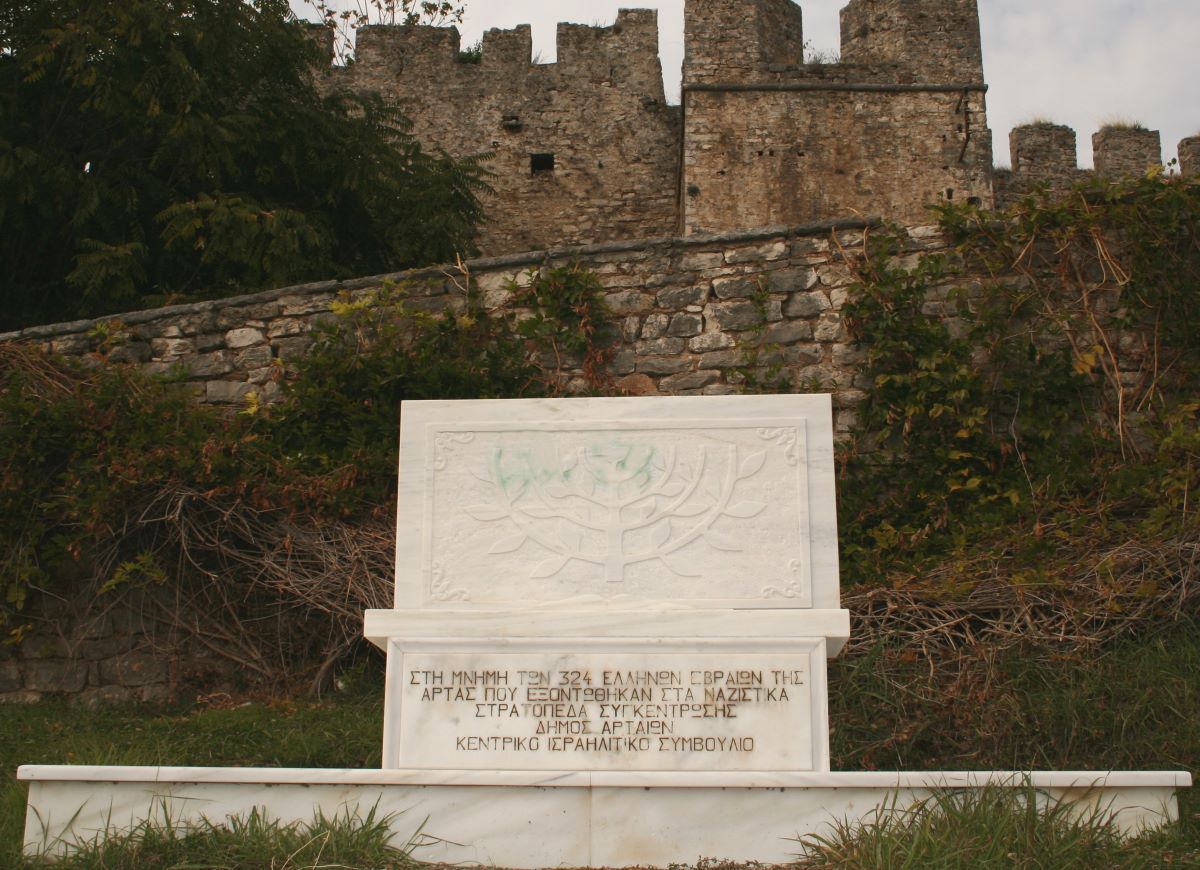
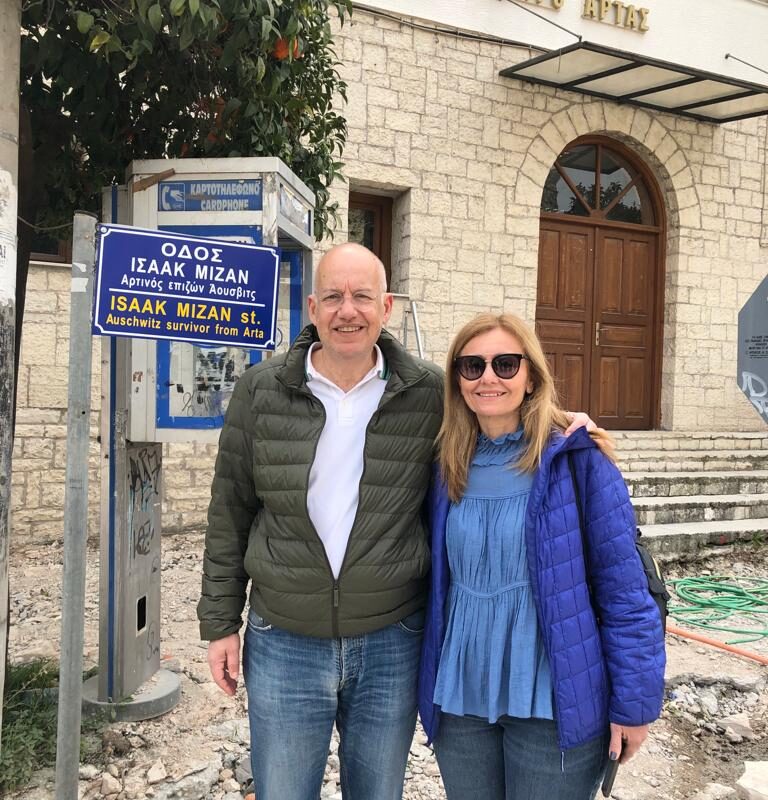 From 1920 the Jewish Community of Arta was recognized as a "Legal Person of Public Law" and participated in all public events of the city.
From 1920 the Jewish Community of Arta was recognized as a "Legal Person of Public Law" and participated in all public events of the city.
During his census 1939 the Community numbered approximately 500 members, while during the German Occupation it had 384 Jews.
On the night of March 24, 1944, most of the Jews were arrested by the Nazis and deported to Hitler's death camps. Few were able to escape. Tragic was also the fate of a Jewish family hiding in the village of Kommeno in Arta, when the Germans slaughtered its 317 inhabitants, including Zakinos Ieremias, 42, his wife Eftychia, 37, and their daughter Kaiti, 5 years.
By end of the War 30 hostages and another 28 Jews who managed to escape to the surrounding villages returned from the camps. The Community had lost 84% of its population. The old Romanian Synagogue "Greka" was almost destroyed, as well as the rest of the community buildings. The community was disorganized and care was non-existent. The surviving Jews began to settle in other cities of Greece or emigrated abroad. The 1959 the Community was dissolved and a little later the Jewish cemetery was expropriated, while the plot of the Synagogue was granted to the "Skoufas" Music and Philology Association. The Spiritual Center of the Association is housed there today.
The 2004 a Memorial was erected for the victims of the Holocaust by the Municipality of Artaia.
In March of 2022 the Mayor of Artaion and the children of the late Artinos, Isaac Mizan, Anna and Iosif, unveiled Isaac Mizan Street, which starts from Jewish Martyrs' Square, where the Arta Holocaust Memorial is located.
